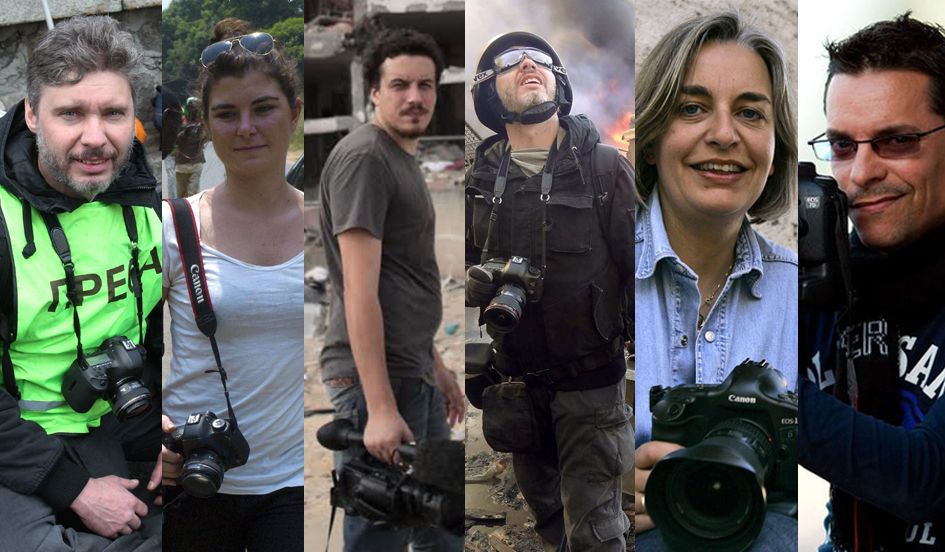
🎙️ Voice is AI-generated. Inconsistencies may occur.
The year 2014 was one of contradictions, with stories only brought to life because of those journalists willing to go where the stories were.
The U.S. legalized gay marriage in many states, while countries like Uganda and India took leaps backward, arresting gay people in the name of civility.
Health care reform took hold in America, opening access to medical care, but on the other side of the planet Polio was making a comeback in Pakistan and the Ebola virus was ravaging West Africa.
During the yearly U.N. general counsel meeting, nations talked of peace and yet Syria and Iraq burned under the onslaught of ISIS, girls were kidnapped by Boko Haram and militias slaughtered each other in the Central African Republic.
The journalists below are some of the people who felt compelled to take the risks, to tell the stories, to go deeper than the vast majority would ever dream, so that we could better understand what is happening around the globe. Their pictures took us to the front lines, often at great danger to themselves. In some cases, they got too close and tragically we are now deprived from seeing the world as they saw it.
This is not every photojournalist we lost in 2014, this is only one small group, representative of the nearly 100 journalists who died while performing their job. They brought us the news we should know and reminded and why we should care.
If there is any lesson to be taken, it is this: pay attention, act, question and care for each other.—Shaminder Dulai
JAMES FOLEY
James Foley reported from conflict zones in Syria, Libya, Iraq and Afghanistan, working primarily for GlobalPost and Agence-France Press. His striking, intimate video dispatches from conflict zones, such as this unflinching look at an ambush on a 101st Airborne company in Afghanistan, demonstrated his dedication to foreign reporting. He was captured while reporting in Libya in 2011 but eventually released. As the country's civil war escalated, Foley reported for AFP and GlobalPost from Syria; he was captured in 2012 and killed by ISIS in 2014.—Jared T. Miller
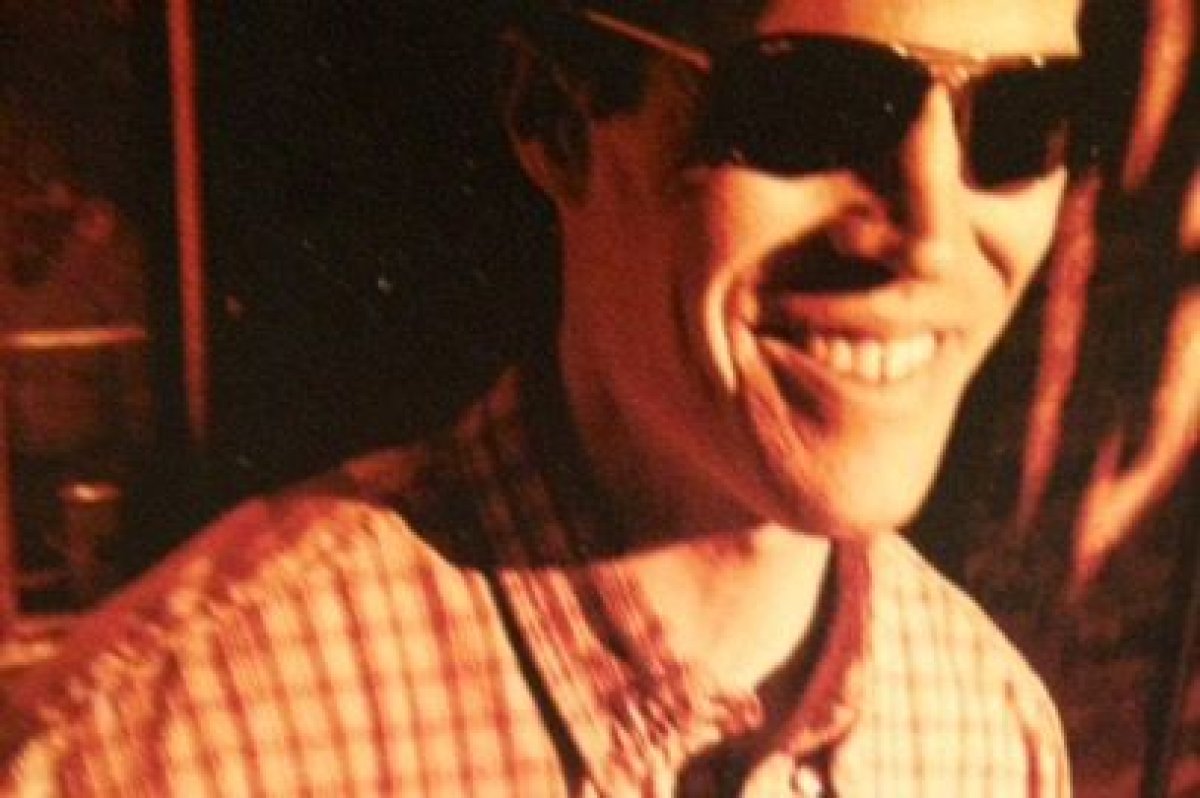
ANJA NIEDRINGHAUS
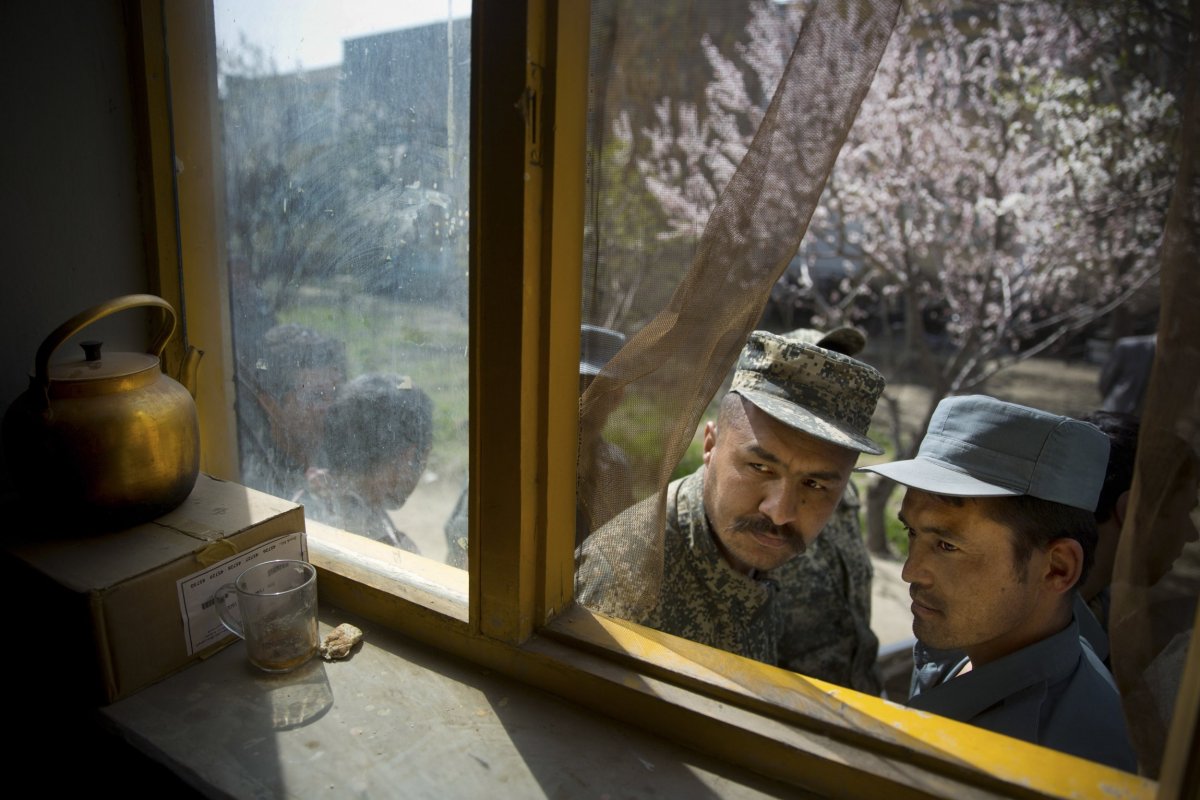
Anja Niedringhaus, a former chief photographer for the European Pressphoto Agency, was part of the Associated Press team that won the 2005 Pulitzer Prize for Breaking News Photography for their work in Iraq. She reported from Frankfurt, Germany; Sarajevo, Bosnia and Herzegovina; and Moscow, and the former Yugoslavia, as well as Afghanistan, Pakistan and throughout the Middle East. Colleagues praised her fearlessness and leadership. Niedringhaus was killed on April 4, covering the presidential election in Afghanistan. She was 48. An Afghan police commander opened fire on the car she and her friend, fellow reporter Kathy Gannon, were waiting in at a checkpoint. The commander was later sentenced to death. —Tzirel Kaminetzky
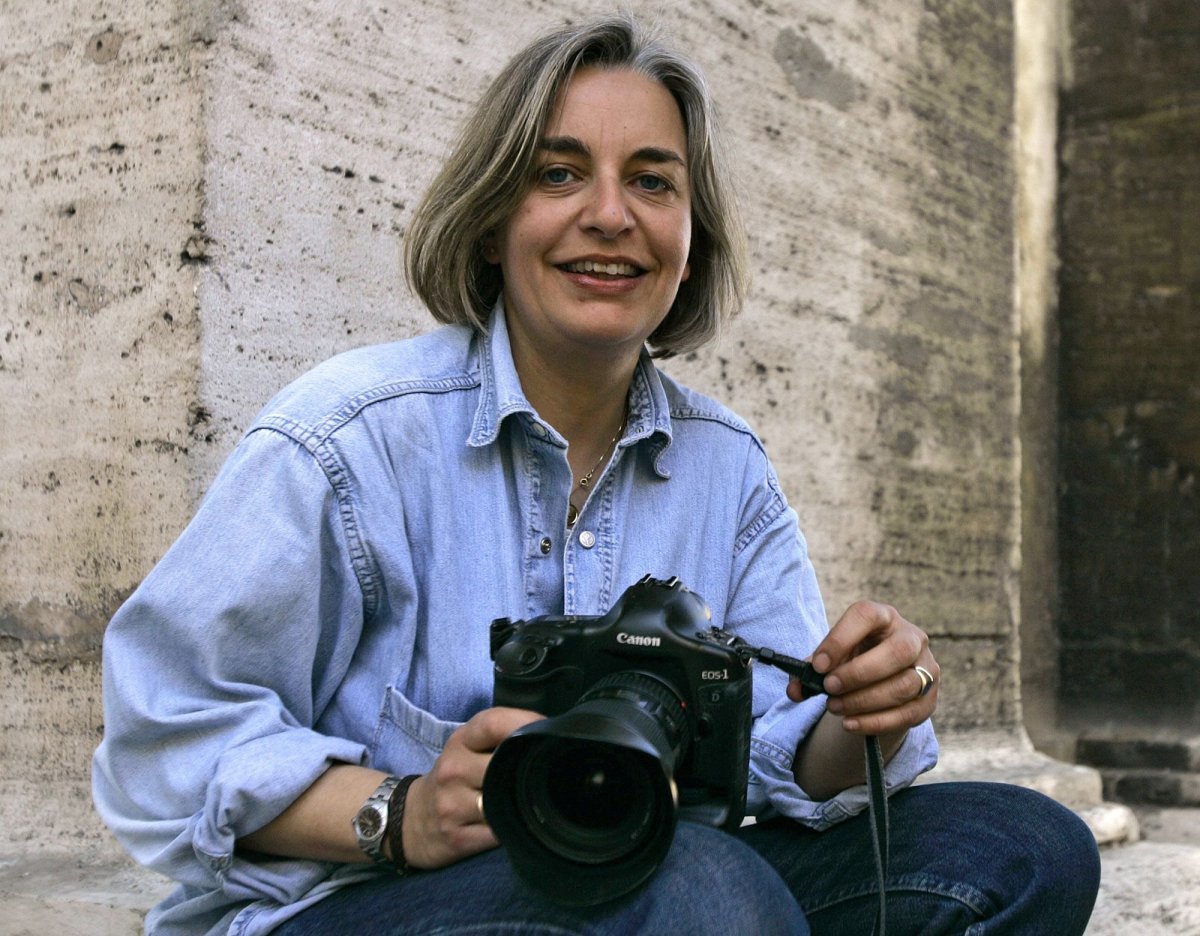
LUKE SOMERS
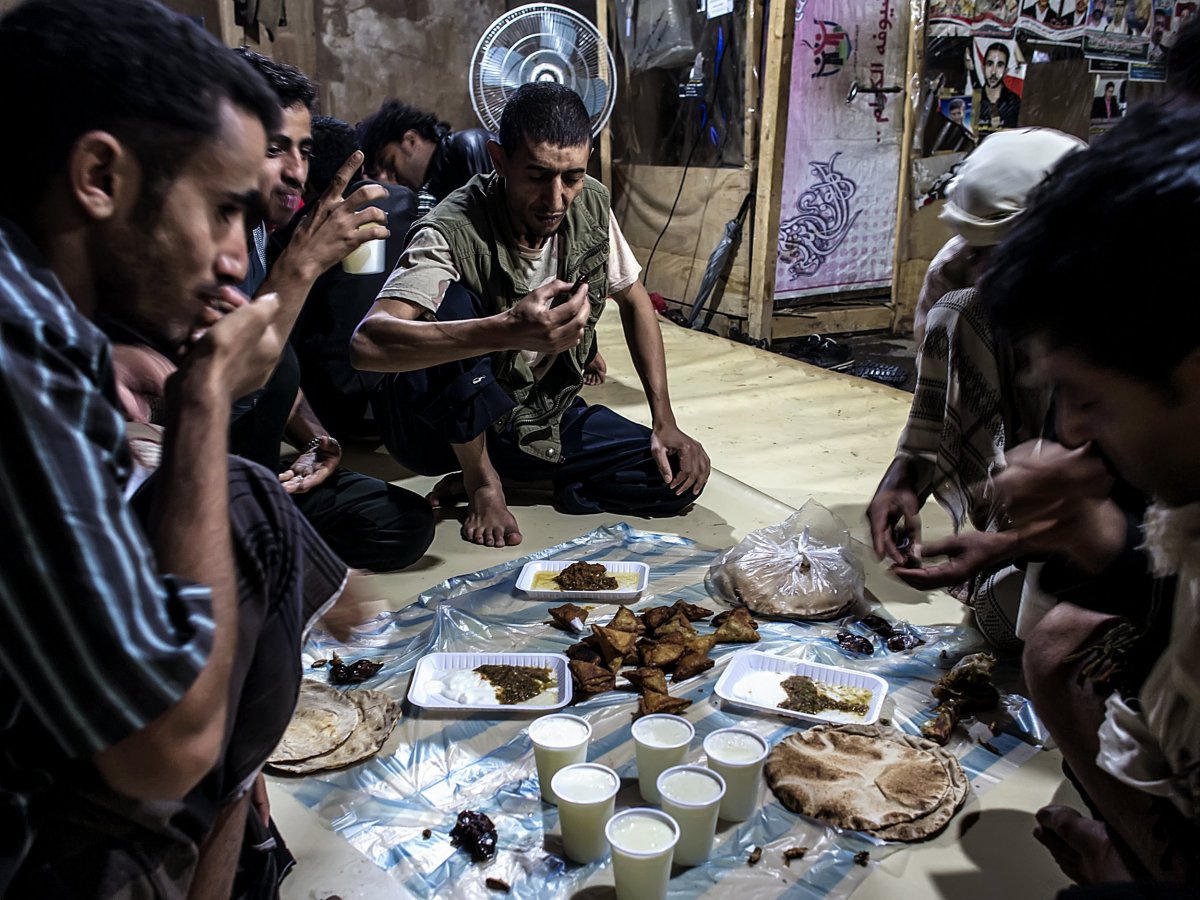
By all accounts Luke Somers was the boy next door, driven by a passion to expose views of the "other" and challenge assumptions. He was also kind hearted and picked up his camera for the right reasons. "He never called with demands that his pictures weren't being used enough, he just wanted to show people that Yemen was more than car bombs and terror," said Ossie Ikeogu, one of the photo editors at his agency Demotix, who got to know Somers over the years. Ikeogu remembers first meeting the young man and thinking he was a teacher with a hobby, but a look at his portfolio revealed Somers was more than the unassuming translator for hire in Yemen. "He was always looking to paint a picture that wasn't what we always see in the Western media," said Ikeogu. He started with protests, but realized he preferred documenting the people in the market, the aftermaths of terrorism for citizens and clashes of culture, what Ikeogu calls the "winds of change" in the country, "anything that captured a flavor and sense of daily life." He was aware of the danger, but not afraid, and felt comfortable in Yemen according to Ikeogu. At first he wasn't worried when Somers didn't return his phone calls, but a few days later that changed. For months Ikeogu called his phone with no answer, finally he sent a last email with the subject line "Hope you're ok." Somers had been kidnapped in Sana'a, Yemen, in September 2013. In December 2014 he appeared with militants demanding the U.S. give in to their demands in exchange for him. Somers was killed by Al-Qaeda militants during a rescue attempt by U.S. commandos in Yemen. He was 33. —Shaminder Dulai
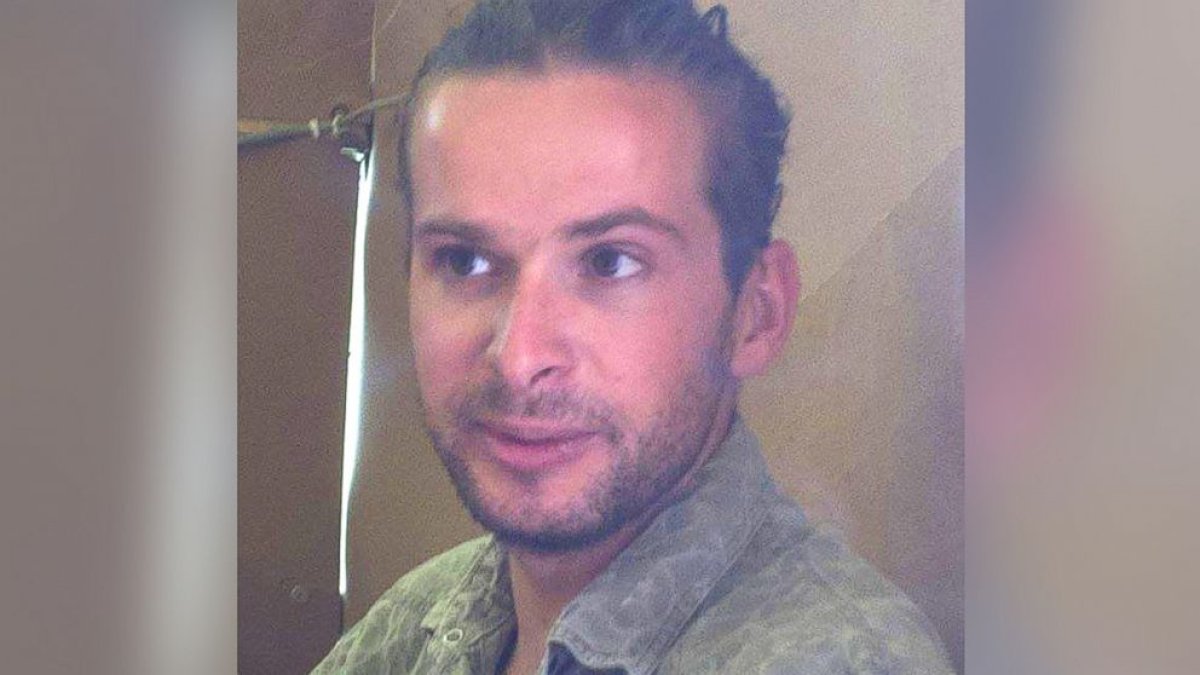
CAMILLE LEPAGE
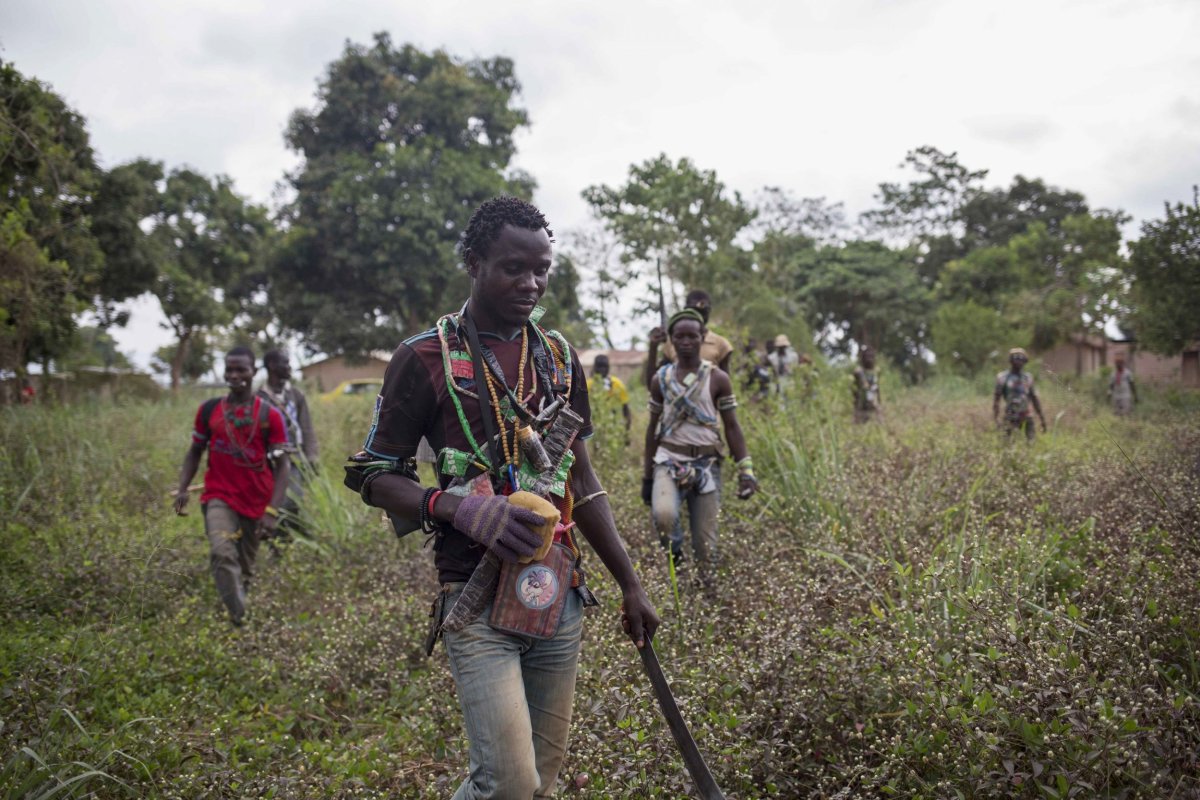
Camille Lepage, 26 at the time of her death in Central African Republic, was a French photojournalist who had based herself in South Sudan two years earlier, covering the country's development following independence in 2011. After studying at Southampton Solent University in the U.K., she was drawn to African issues, telling Petapixel in 2013 that "I can't accept that people's tragedies are silenced simply because no one can make money out of them." In the last days of her life she embedded with a Christian anti-Balaka militia, in opposition to the Muslim-dominated ruling faction, in the western part of Central African Republic. She was the first foreign journalist to die covering the country's violent conflict. —Jared T. Miller
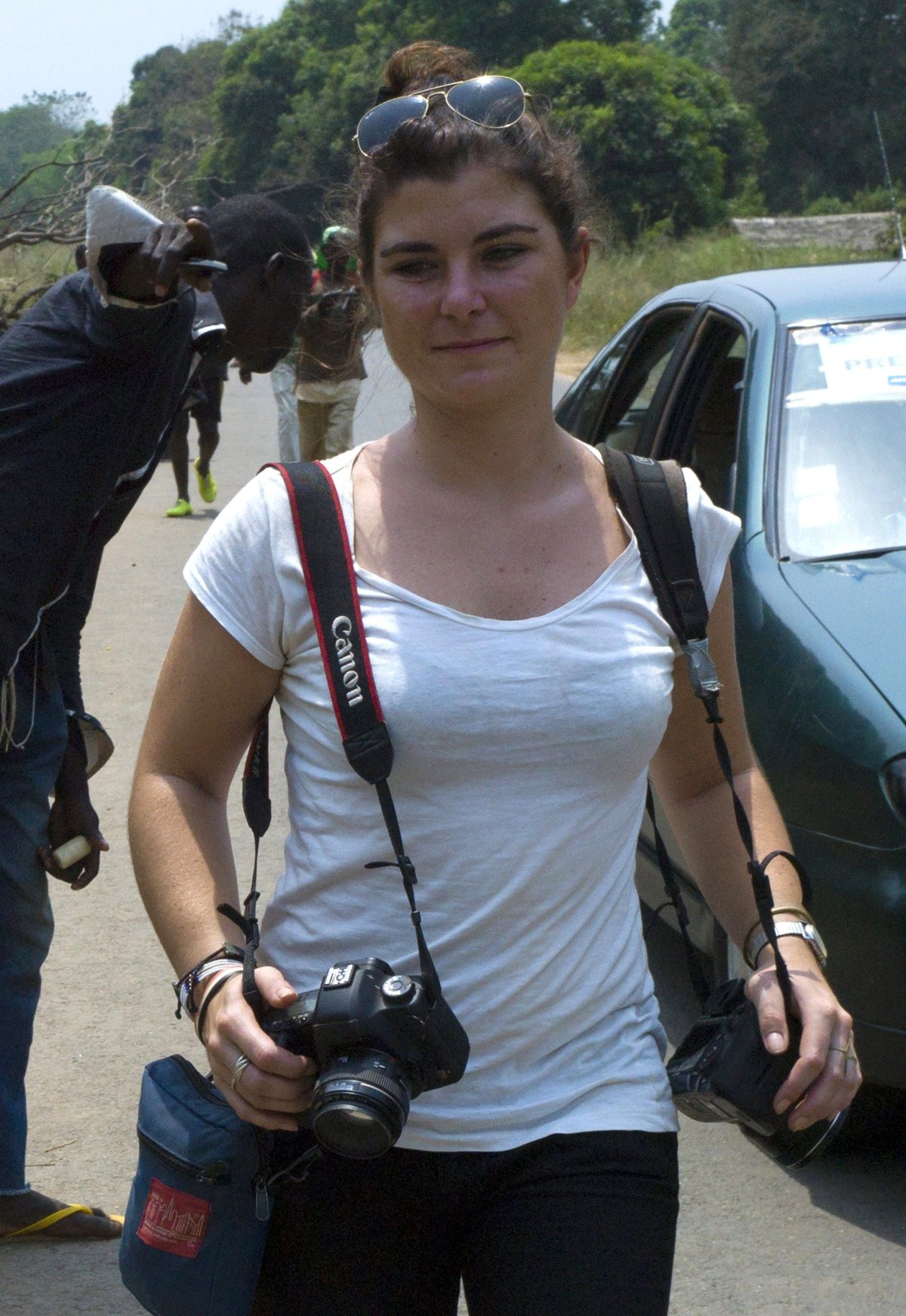
MICHEL DU CILLE
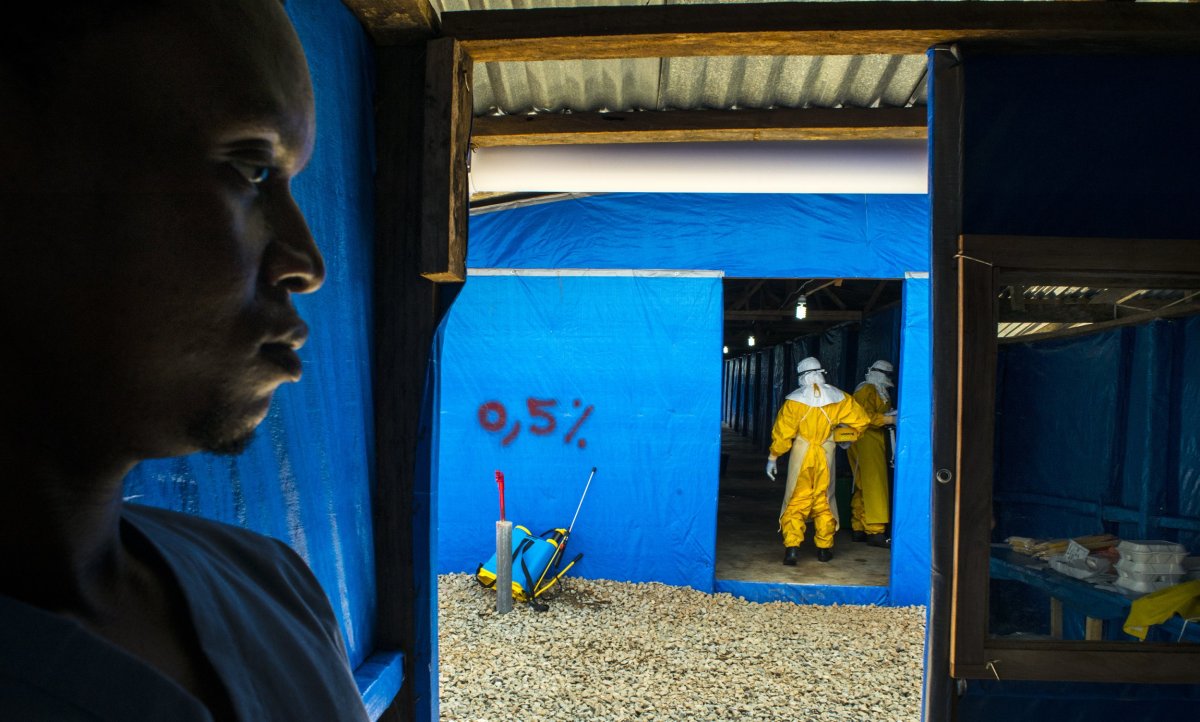
Michel du Cille was coming off a 21-day Ebola quarantine and a few weeks of rest when he decided he had to go back to west Africa to continue documenting the devastating effects of the virus. As his co-workers and friends from past trips would write, du Cille was like that, driven by a calling to always get the story. Before his trip, the three-time Pulitzer Prize winner reportedly told his employers at The Washington Post, "I have had to check my emotions, and I use those emotions to make sure I'm telling the story in the right way, to make sure I'm using my sense of respect, my sense of dignity, to show images to the world and to do the right thing by the subjects." He collapsed while walking on foot from a village in Liberia's Bong County, and died of an apparent heart attack on December 11. He was 58. —Shaminder Dulai

AUNG KYAW NAING
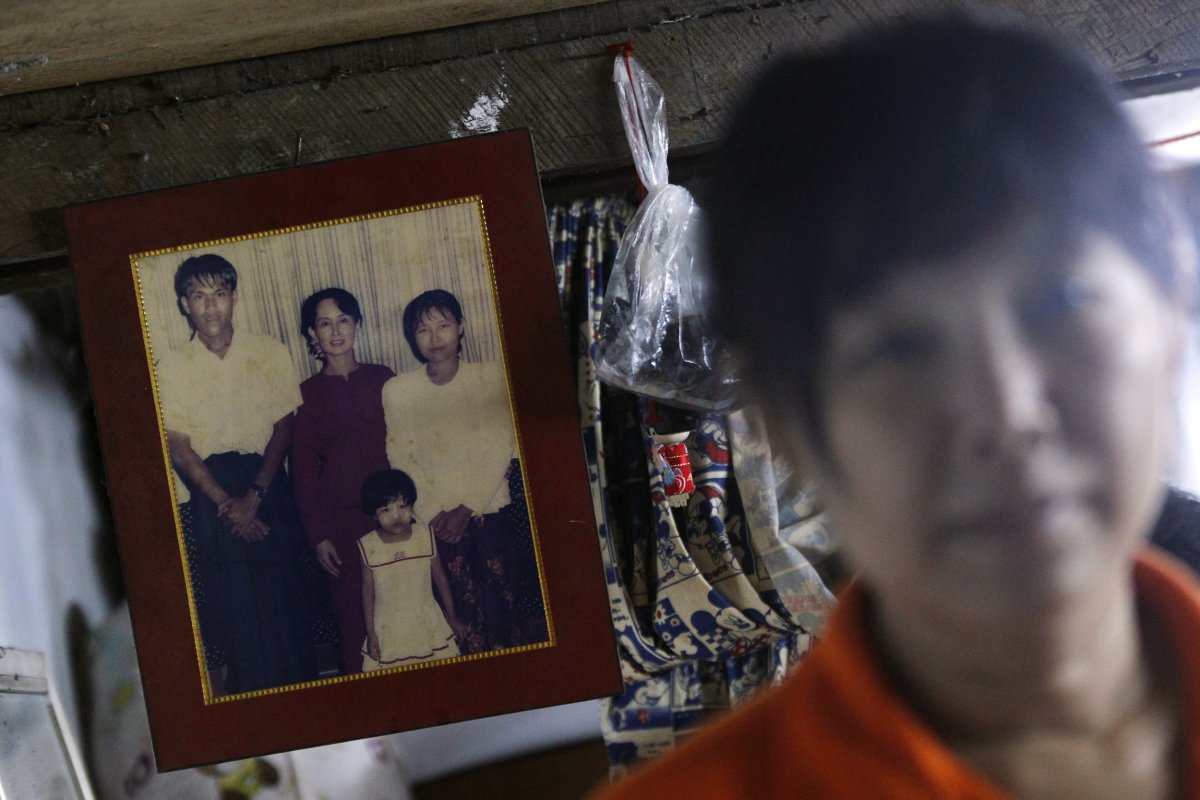
Aung Kyaw Naing, also known as Par Gyi, was a Burmese freelance journalist and political activist from Rangoon working along the Burma-Thai border. His work appeared in many local Burmese media outlets such asThe Voice, Eleven Media and Yangon Times. He was detained and killed by Burmese military while covering armed clashes between the Burmese army and Karen ethnic rebels. Activists and supporters protested the killing of Naing and called for an inquiry into his death, his wife saying she believed he was tortured while in military custody. The Myanmar National Human Rights Commission reported multiple injuries to his body, including several gunshot wounds, discovered after after his body was exhumed in November. —Tzirel Kaminetzky
SIMONE CAMILLI
Simone Camilli, 35, an Associated Press videographer, was reporting in Gaza over the summer when he was killed along with his translator Ali Shehda Abu Afash by an unexploded missile thought to be of Israeli origin while it was being defused. Hired by the AP in Rome in 2005, Camilli frequently covered Israel and Gaza, basing himself recently in Beirut. He co-produced a 2011 documentary with Pietro Bellorini, About Gaza, which detailed the roots of the conflict and featured interviews with Gazans about life in the region. —Jared T. Miller
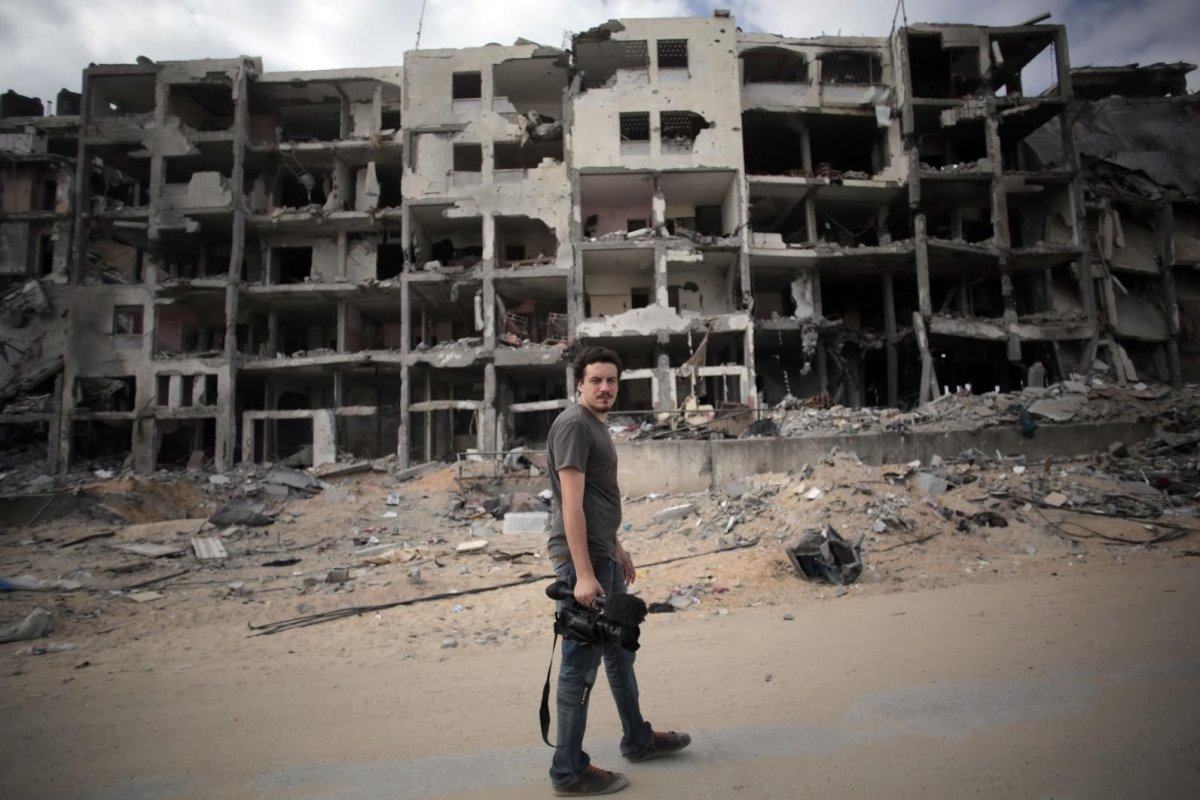
ANDREI STENIN
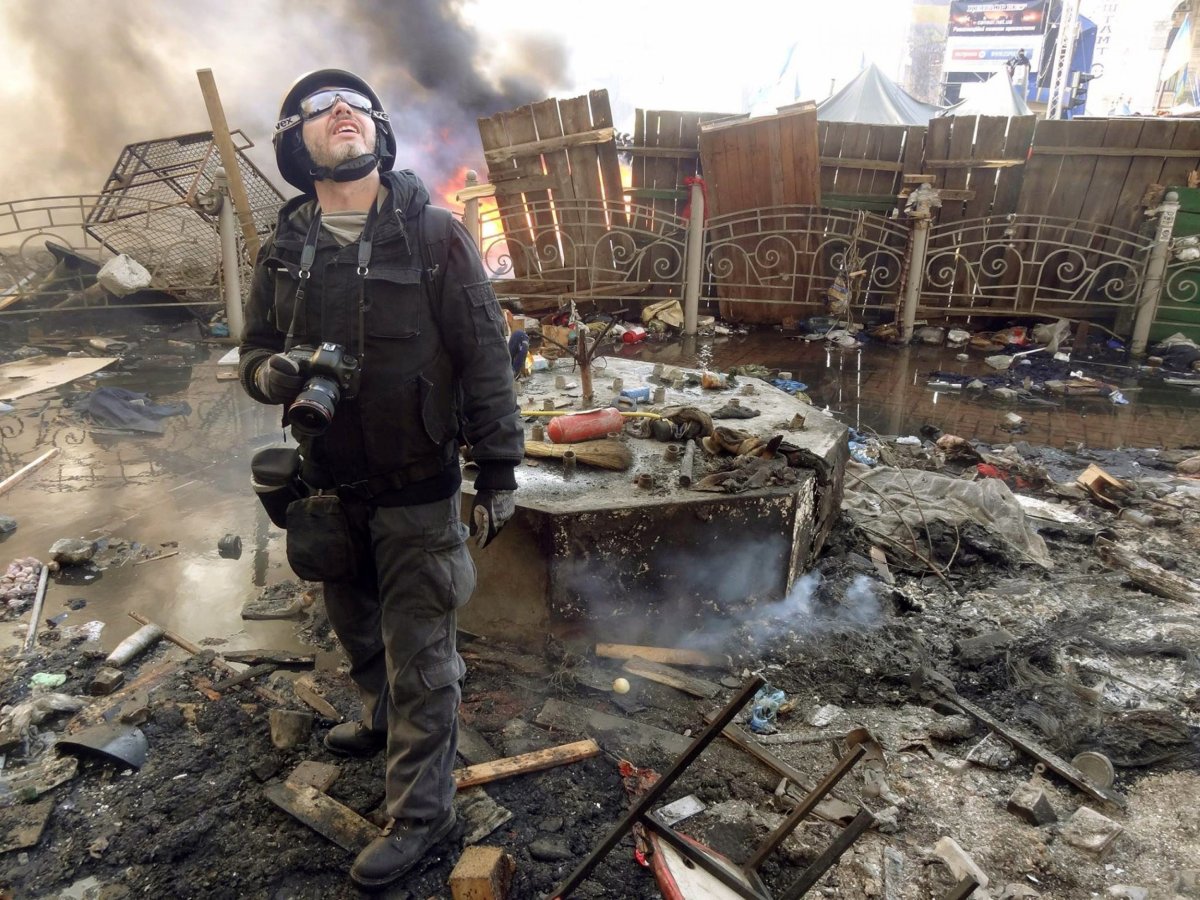
Andrei Stenin, 33, was a Russian photojournalist who contributed to news organizations such as Reuters, Associated Press, Agence France-Presse and RIA Novosti. Stenin covered conflicts in Egypt, Syria, Libya and Gaza before covering the war in eastern Ukraine. It is thought that he was embedded with Russian-backed combatants when he went missing. His death was confirmed on September 3. —Michael Ip
ANDREA ROCCHELLI
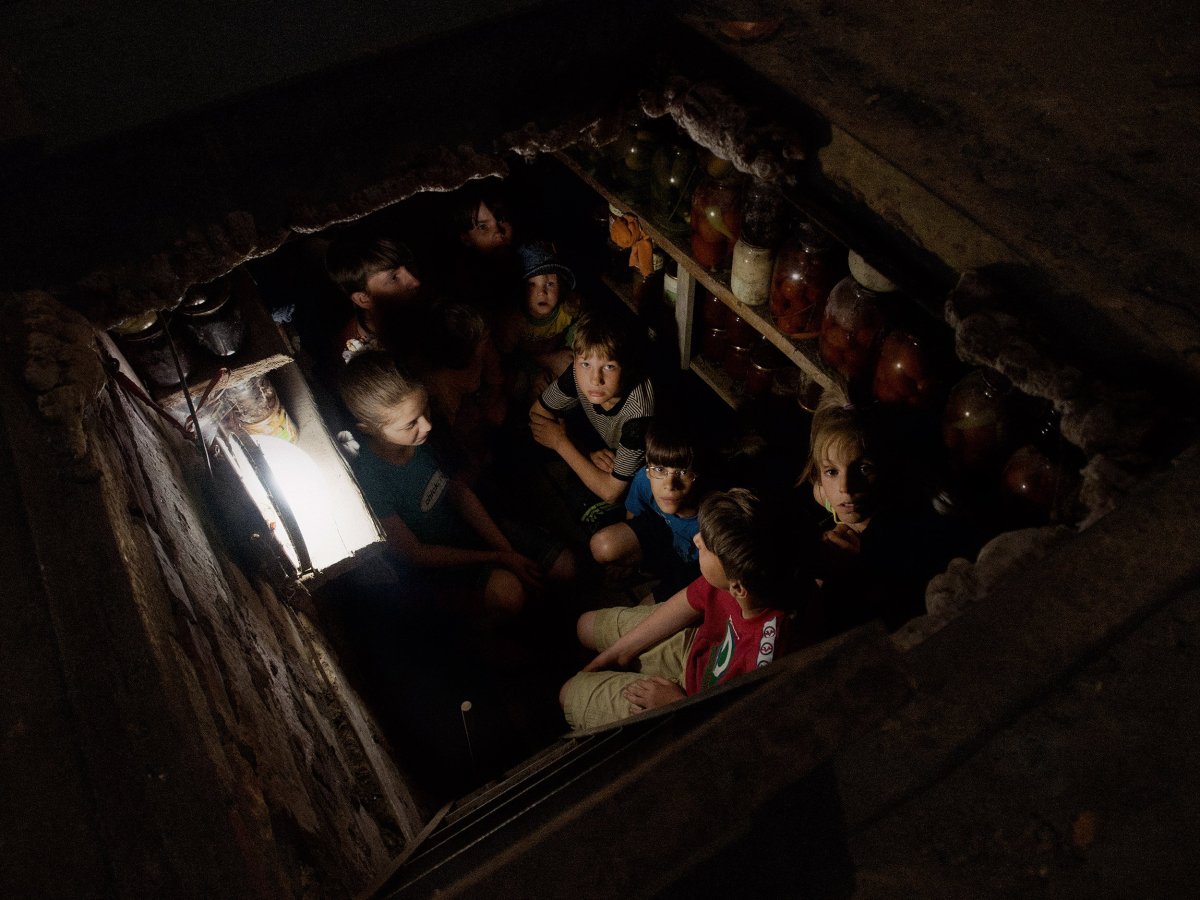
Andrea Rocchelli was in Sloviansk, Ukraine, covering skirmishes between the Ukrainian army and pro-Russia separatists, when he was killed by a mortar shell along with his fixer and another journalist. He founded the Italian photo agency Cesura in 2008, and contributed to Newsweek and Le Monde, among other publications. He had also covered the conflict in Afghanistan and the Arab Spring in Tunisia and Libya; here, this photo taken 12 days before his death on May 12, shows 10 orphans seeking refuge from overnight bombings in Sloviansk. —Jared T. Miller

MOUAZ ALOMAR (Abu Mehdi Al Hamwi)
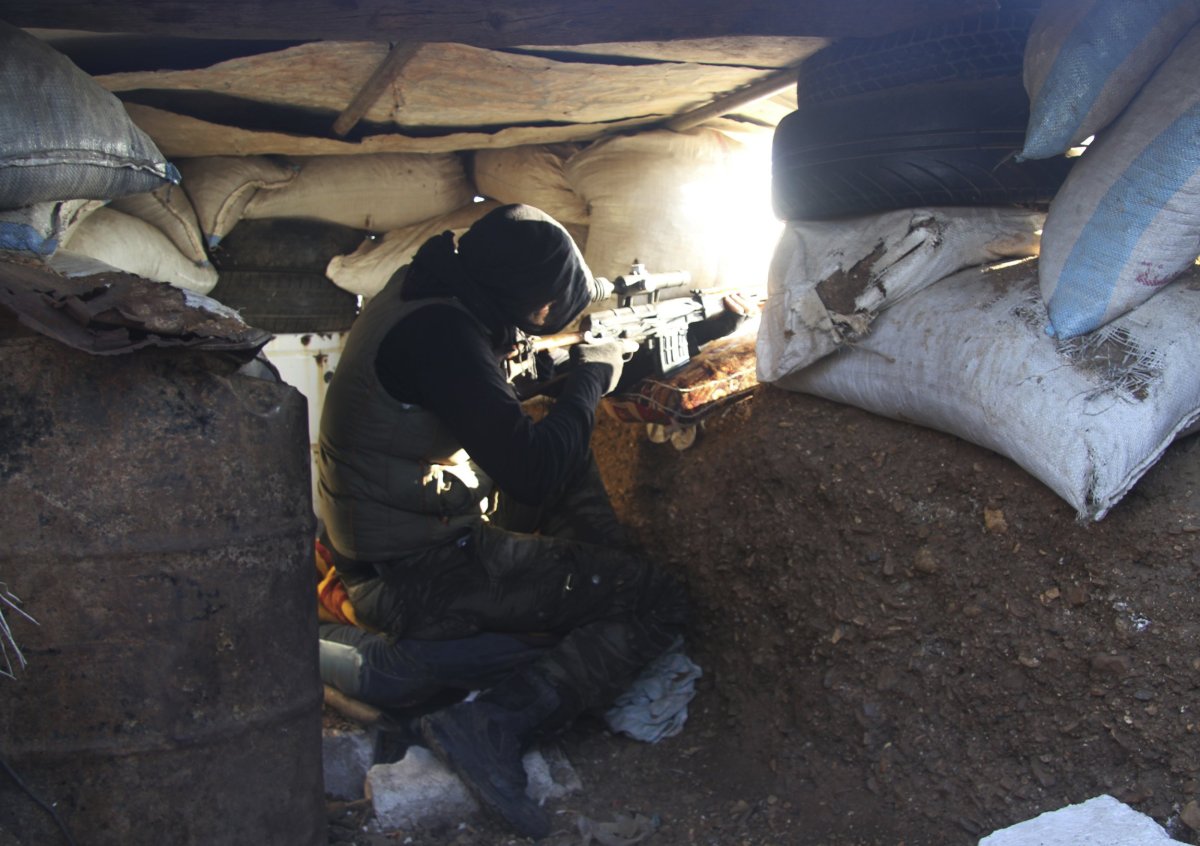
The 17-year-old freelance photographer died, according to reports, while uploading footage of a bombing he recorded earlier in the day on April 25. He was published widely through social media. —Tzirel Kaminetzky
ALI MUSTAFA

Canadian-born freelance journalist Ali Mustafa went to Syria to cover the gaps he felt were missing in mainstream media. As he has said "The only way I could truly get a sense of the reality on the ground was to go there to figure it out for myself." Beyond his photographic contribution as a SIPA press photographer, he also kept an active Instagram and Twitter account. One of his last posts on Twitter, dated soon before his March 9 death, links to a photo of a young boy carrying a sack of objects near a demolished home. He has stated that his aim was to portray "the way war impacts us as human beings." He was killed during an airstrike in Syria. —Tzirel Kaminetzky
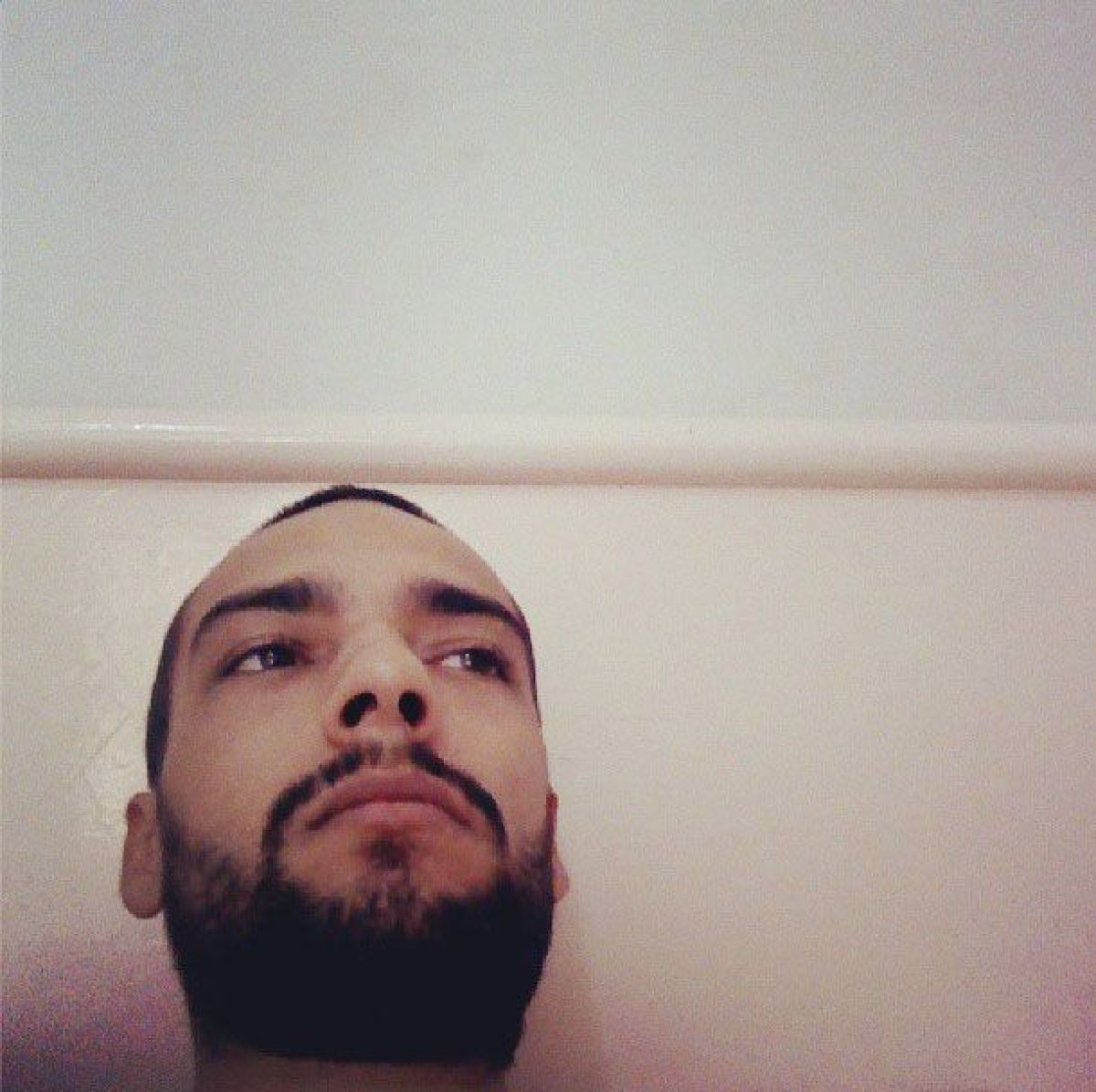
TURAD MOHAMED AL-ZAHOURI
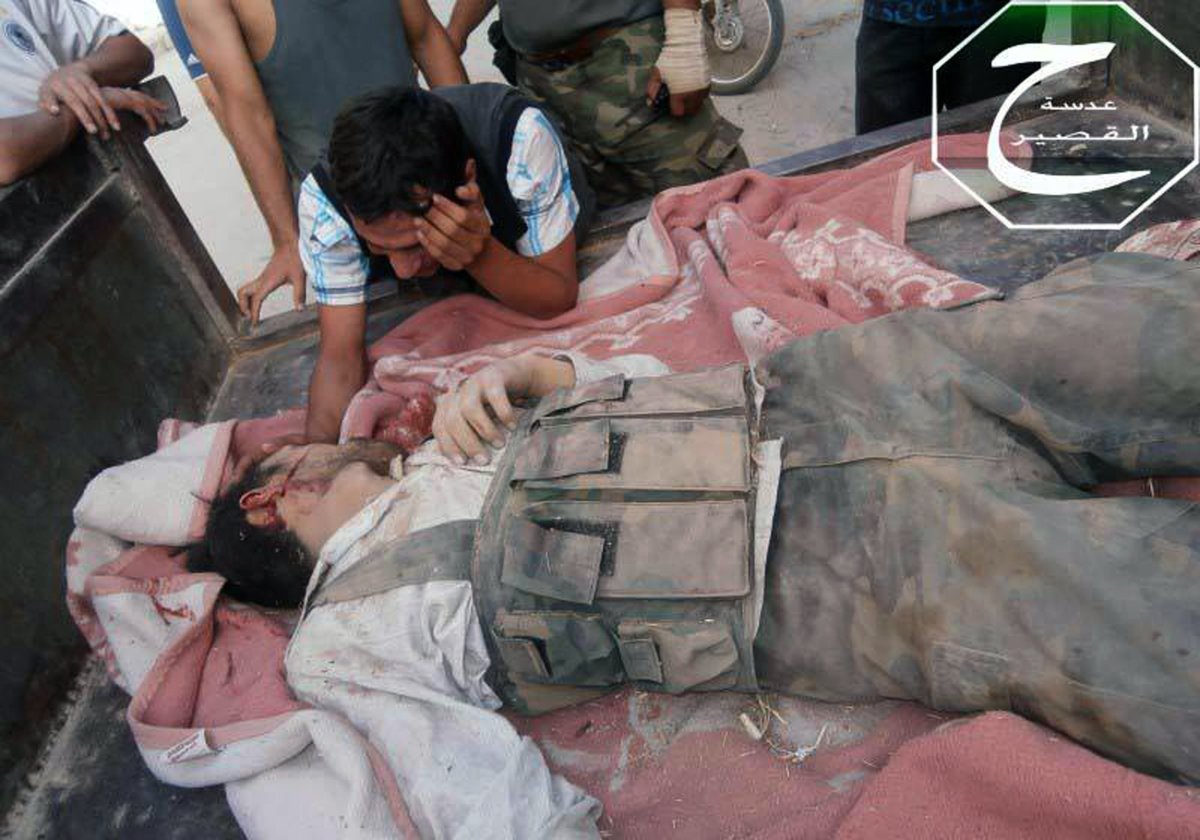
Turad Mohamed al-Zahouri, a citizen journalist from Syria, died February 20 in Arsal, Lebanon, from injuries sustained from a mortar shell that landed near him in Yabroud, Syria. He was the photographer for Al-Qusair Lens, a Facebook page that covered events in Al-Qusair and surrounding areas. —Michael Ip
FRANKLIN REYES

Franklin Reyes was born in Havana, and joined the AP's team in Cuba in 2009 after beginning his career at a local, state-run newspaper. At the time of his death, Reyes was working on a story about the Cuban economy; he died in a car accident while returning from an assignment in Havana. This photo from June 7, 2012 shows the Jose Marti Antillana de Acero iron and steel mill in Havana, Cuba. —Jared T. Miller
